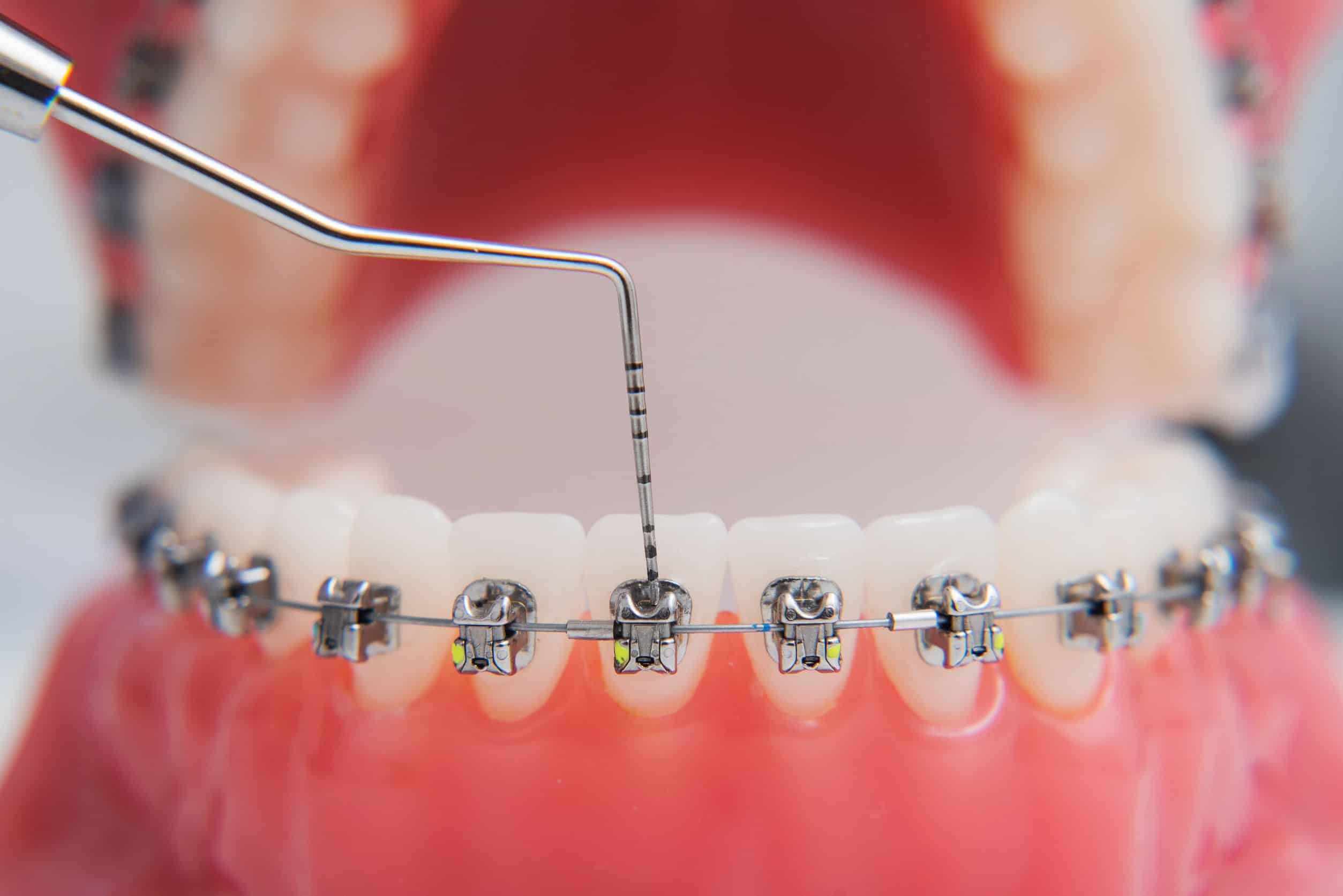A Biased View of Legacy Orthodontics
A Biased View of Legacy Orthodontics
Blog Article
The Main Principles Of Legacy Orthodontics
Table of ContentsGetting My Legacy Orthodontics To WorkWhat Does Legacy Orthodontics Mean?Some Of Legacy OrthodonticsThe Greatest Guide To Legacy OrthodonticsLegacy Orthodontics Can Be Fun For Everyone
In addition, we use flexible therapy schedules, flexible repayment choices and an enjoyable, enjoyable experience.An orthodontist is a dental practitioner educated to identify, stop, and deal with teeth and jaw abnormalities. They fix existing problems and are educated to recognize problems that might establish in the future. Orthodontists work with individuals of all ages, from children to adults. People often link a perfect smile with healthiness.
Malocclusion, or misaligned teeth, can cause oral issues, consisting of tooth decay, gum disease, and hard or uncomfortable chewing. Not everyone is birthed with straight teeth. If you have a bad bite or large areas between your teeth, you might intend to seek advice from a dental expert focusing on orthodontic care.
The 8-Second Trick For Legacy Orthodontics
( Image Debt: DigitalVision/Getty Images) Orthodontists utilize repaired and detachable dental gadgets, like braces, retainers, and bands, to alter the setting of teeth in your mouth. Orthodontic treatment is for oral abnormalities, including: Misaligned teethBite troubles, like an overbite or an underbiteCrowded teeth or teeth that are too much apartJaw misalignmentThe goal of orthodontic treatment is to improve your bite.
A healthy bite ensures you can eat, chew, and talk correctly. While you may think about orthodontists as mostly for youngsters or young adults who need dental braces, they can deal with oral issues at any type of age. Orthodontists go to college, oral school, and orthodontic institution. After college graduation, they spend 2 or 3 years in an orthodontic residency program.
, yet not all dentists are orthodontists. They focus on 2 areas: Just how to correctly and safely move teeth Exactly how to appropriately guide growth in the teeth, jaw, and faceOnce an orthodontist has actually finished training, they have the alternative to become board licensed.
Legacy Orthodontics for Dummies
Misalignment, or malocclusion, is one of the most typical reason individuals see an orthodontist. It is hereditary and is the outcome of dimension differences between the upper and lower jaw or in between the jaw and teeth. Malocclusion results in tooth overcrowding, a misshapen jaw, or irregular bite patterns. Malocclusion is generally treated with: Your orthodontist connects steel, ceramic, or plastic square bonds to your teeth.
Some people need a headwear to aid relocate teeth into line with pressure from outside the mouth. anchor A retainer is a customized tool that keeps your teeth in location.
They're most frequently made use of on kids. They can create additional area in the mouth without having to draw teeth. If you have a major underbite or overbite, you could require orthognathic surgical treatment (additionally called orthodontic surgery) to extend or reduce your jaw. Orthodontists use cables, surgical screws, or plates to sustain your jaw bone.
You might require to see an orthodontist if you have: Crowding or otherwise enough room for all of your teethOverbite, when your top teeth come by your base teethUnderbite, when your base teeth are also much forwardSpacing or concerns with gapsCrossbite, which is when your upper teeth fit behind your base teeth when your mouth is closedOpen bite or an upright void between your front base and upper teethMisplaced midline, when the facility of your base and upper teeth don't line up Correcting a dental malocclusion can: Make biting, chewing, and talking easierImprove the balance of our face and your general appearanceEase pain from temporomandibular joint disordersDifferent your teeth and make them simpler to cleanse, helping prevent dental caries or cavities It's usually a dental practitioner who first notices misaligned teeth throughout a routine test.
The 20-Second Trick For Legacy Orthodontics

Throughout your very first orthodontic appointment, you'll likely have: A dental examPhotos taken of your face and smileDental X-raysPanoramic (360 level) X-rays of your face and headImpressions to develop mold and mildews of your teethThese examinations will certainly help your orthodontist know how to wage your therapy. braces. An orthodontist is a dentist who's had training to treat your teeth and jaw
An orthodontist is concentrated on your bite, so something like a cracked tooth would certainly be dealt with by a dental professional. Orthodontists are concentrated on your bite, or the way your teeth fit with each other, and the straightness of your teeth.
Ever before asked yourself how celebrities always seem to have completely straightened teeth? Orthodontists are oral specialists who concentrate on correcting irregularities in the teeth and jaws.
The 2-Minute Rule for Legacy Orthodontics

, orthodontists have a diverse toolkit at their disposal. These tried-and-true dental braces make use of a system of brackets adhered to the teeth and connected by cables.
Clear aligners, like Invisalign, are a prominent option for people seeking an extra very discreet therapy option. These removable trays are personalized to progressively change the teeth's placement. Headwear might be made use of in combination with braces or aligners to apply extra targeted forces, specifically for fixing jaw inconsistencies. In cases of narrow jaws, palatal expanders can be utilized to produce room for proper tooth positioning.
Report this page